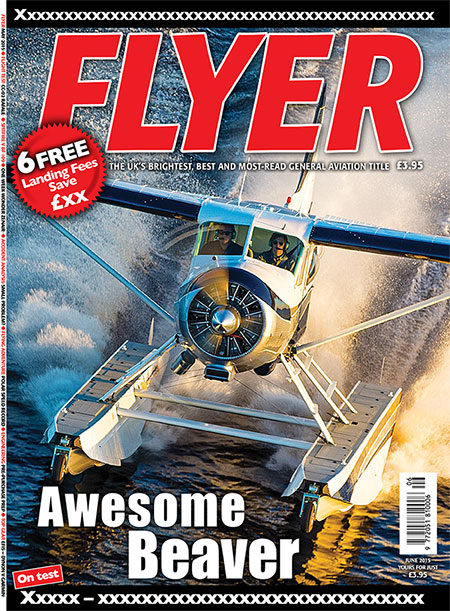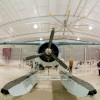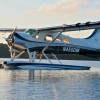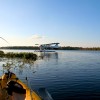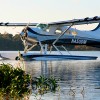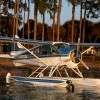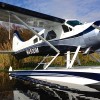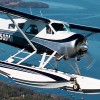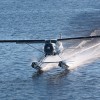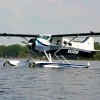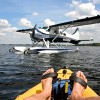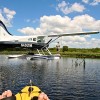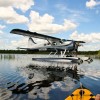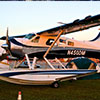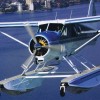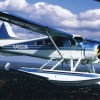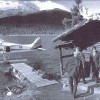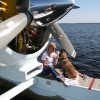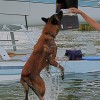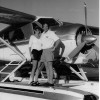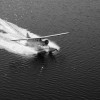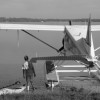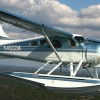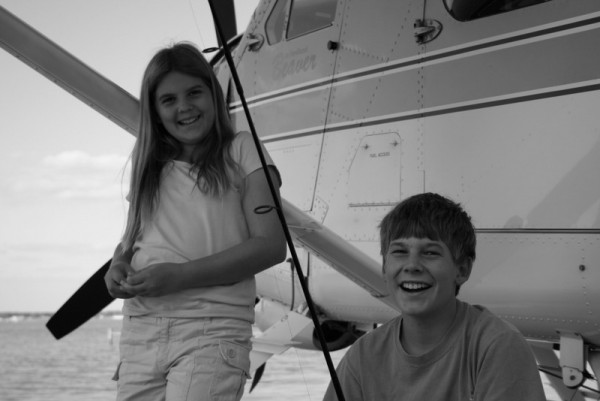Developed soon after World War II, Canada's de Havilland DHC-2 (or Beaver as it has become known) has become one of the most successful and long-lived designs in aviation history. The DHC-2 was conceived by its designers at de Havilland, as a "half-ton, flying, pickup truck" capable of setting down on land, water, or snow. Widely acknowledged as one of the most successful STOL (short take-off and landing) vehicles in history, the Beaver sacrifices cruise performance for power. As one pilot put it, "You only have to be faster than a dog sled".
With the fact that the plane can be easily fitted with wheels, skis or floats, this vehicle became the best option for flying into rugged and remote areas. Along with a large cargo door on either side, wide enough to load and unload 55 gallon drums, the Beaver even has separate doors for the pilot and co pilot. This is not merely a luxury, but an essential feature, for a vehicle that was regularly expected to be packed to the ceiling with crucial supplies destined for hard to reach outposts.
Other features make this the ideal plane for inclement weather, such as an oil spout at the base of the control-wheel stalk that enables the pilot to add oil in flight, and a battery on rails that can be slid out of the fuselage so it can be kept warm overnight.
The Beaver was always intended as a water plane. In fact, the story goes that in 1946, the prototype DHC-2 was fitted with wheels, only two weeks before its first test flight. This is only because someone realized that Downsview (the Canadian city in which the plane was built) was totally land locked.
Beavers are still the floatplane of choice for island hopping along the Pacific Northwest coast, and still fly missionaries and doctors into remote spots in Africa. In addition, they also still fly into the Arctic and have served as support aircraft for many Antarctic expeditions. It was a Royal New Zealand Air Force Beaver that was used to support Sir Edmond Hillary's expedition to the South Pole.


